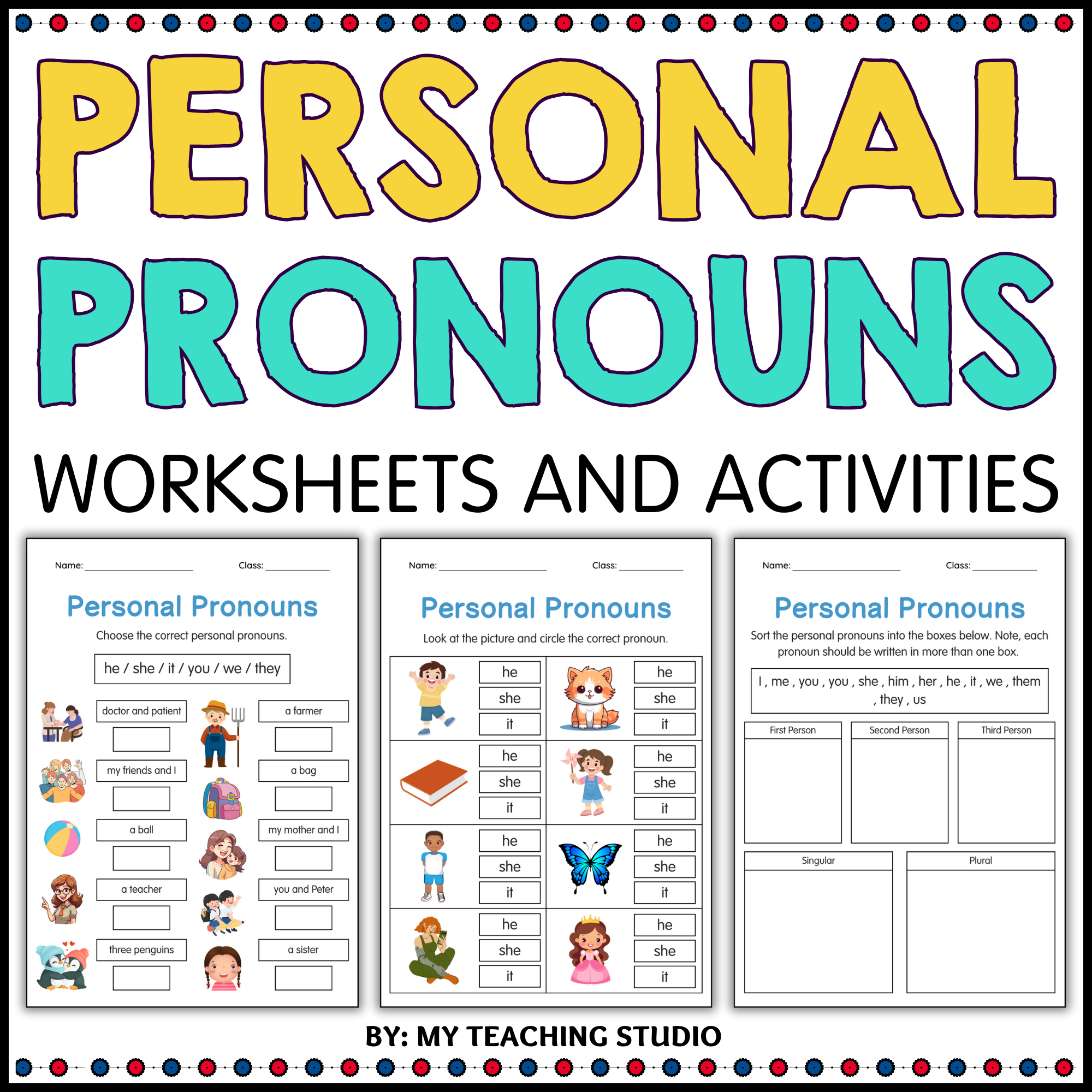Personal pronouns are an essential part of everyday language that help us communicate effectively with others. They replace nouns in sentences, making it easier to refer to people, places, or things without repeating the same words over and over again.
Understanding how to use personal pronouns correctly can improve the clarity and flow of your writing or speech. It is important to know the different types of personal pronouns and when to use them in various contexts.
Personal Pronouns in a Sentence
Personal pronouns, such as “I,” “you,” “he,” “she,” “it,” “we,” and “they,” are used to indicate who is performing the action in a sentence. For example, “She went to the store” or “We are going to the park.”
There are three main categories of personal pronouns: subjective, objective, and possessive. Subjective pronouns are used as the subject of a sentence, objective pronouns are used as the object of a verb or preposition, and possessive pronouns show ownership or possession.
It is important to match the personal pronoun with its antecedent, the word that the pronoun refers to. For example, if the antecedent is singular, the pronoun should also be singular. If the antecedent is plural, the pronoun should be plural as well.
Personal pronouns can also be used to show respect or formality in different languages or cultural contexts. In some languages, there are specific pronouns used to address elders or authority figures, while in English, using titles such as “Mr.,” “Ms.,” or “Dr.” can indicate respect.
Overall, personal pronouns play a crucial role in communication and help us convey our thoughts and ideas effectively. By understanding how to use them correctly and appropriately, we can improve the clarity and impact of our language.
In conclusion,
Personal pronouns are an integral part of language that enable us to express ourselves and communicate with others. By mastering the use of personal pronouns, we can enhance our writing and speech, making it more precise and engaging for our audience.
